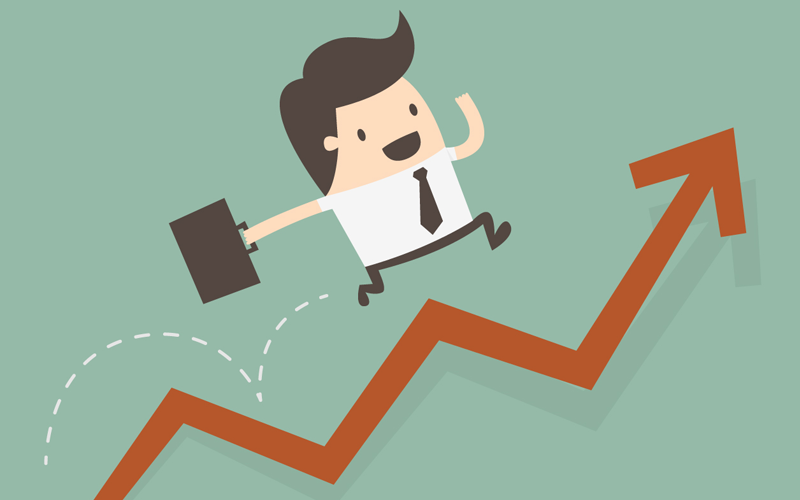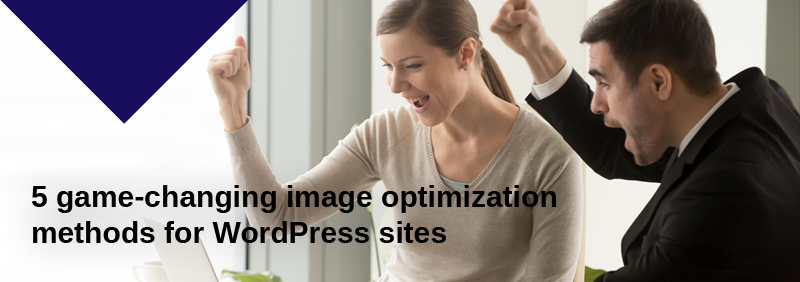You have got plenty of reasons to add images to your WordPress website, whether it is a webpage or a blog post. Images are good for catching the attention of your site visitors, improving readability, enhancing the site for search engine optimization (SEO), and to keep the visitors engaged to your content.
However, somebody just closed your website because it was not loading faster due to large images. Please note that on a webpage or a blog post, nothing is heavier than the images and media files. If these assets don’t load instantly, then the bounce rate can increase by up to 87%.
This is why the image optimization in WordPress is very important. You can’t keep the visitors waiting for your site to load. There are competitors whose sites are loading instantly. Your visitors will rather land on those sites.
Related read: 6 easiest ways to monetize your WordPress blog for free

Image optimization in WordPress
In this article, we have mentioned some of the best tips to optimize images in WordPress and accelerate website speed. Here we go:
1. Choose the right image format
Mostly, you use the two image formats of images—JPEG and PNG. When you save the images in major editing applications like Photoshop, you get the choice to select the format while saving. You have to understand which format is right and what’s the purpose of JPEG and PNG, because there are pros and cons of each format.
JPEG is great for photographs and images with a wide range of colors. These images can be compressed to reduce the file size. Whereas, the PNG images are good for graphics, text, drawing, screenshots, and transparent images like logos. These images can’t be compressed so they generally remain large in size.
What you have to do is decide the format for your images. If the image can work with JPEG, then don’t save it in PNG format unnecessarily.
2. Resize the images
Before uploading the images to your media library, it is a good practice to resize them. Sometimes there are images that are very large in physical size, which can be easily resized to reduce the weight. For example, we recently resized an image that was 2000px wide, to only 1200px. The size of the image reduced from 3.3 MB to just 1.2 MB, which is around 65% lower.
You can decide the width of an image on the basis of your site and then ensure that you are not uploading any image that is higher than that width. For example, if you are using 1000px wide images only, then take care that no image that is more than 1000px wide gets uploaded. Exceptions can be there for certain cases, but don’t make it a norm.
The images can be resized in WordPress itself, from the Media Library. Just select the image and click on Edit Image. Enter the new dimensions and save it.
3. Consistency in featured images
For the WordPress blogs, there is use of featured images for every blog post. The dimensions for featured images should be consistent across the entire site. The featured image dimensions usually vary on the basis of your WordPress theme.
So, find the right dimensions, and make sure that the featured images for all the blog posts are consistent. This is another good way for WordPress image optimization.
Also read: 11 things you must know about Gutenberg: the new WordPress editor

4. Compress images
Compressing the images means to reduce the size of images in bytes without impacting the quality of the images much. Generally, the photographs and high-quality images are very large in sizes. Uploading these images directly to WordPress posts and pages can impact the page speed and eventually the SEO.
What you have to do is compress these images before uploading them to your site. Image compression is a must-follow method for every website.
For example, if the size of a photograph is 7 MB, the compression method can reduce it to 1-3 MB without degrading the quality to an unacceptable case. These small-sized images will load faster and optimize the WordPress page speed.
Top tools and plugins for WordPress image compression:
Here are a few of the best tools to help you compress images easily.
WordPress Plugins
- reSmush.it
- EWWW image optimizer
- Compress JPEG & PNG images
- ShortPixel Image Optimizer
- Smush – Compress, Optimize and Lazy Load Images
Online tools
5. Use lazy loading
All the images uploaded to a WordPress site are treated equally. However, you might not want WordPress to give equal importance to all your images when it comes to loading, especially when you are looking for WordPress image optimization. What it means is that if you are using five images in a blog post, you would like to load the first few images faster than the last ones. Because the user will consume the upper content first.
Lazy loading is a technique using which you can prioritize the loading of images. You can choose that the top images are loaded first while other images get lazier in loading. This is another good tip for image optimization in WordPress.
Handing over to you:
If your website is loading slow and you find that it is because of the images on your site, then it’s time for you to choose the best methods for image optimization in WordPress. Using the methods mentioned above, you can significantly improve the loading time of your site, provide better user experience, and get higher ranks on search engines.
If you know of more such methods, let us know via the comments below. We will be happy to add them.
Read Next: Top 9 simple tips to secure your WordPress site in today’s era of cyberthreats


